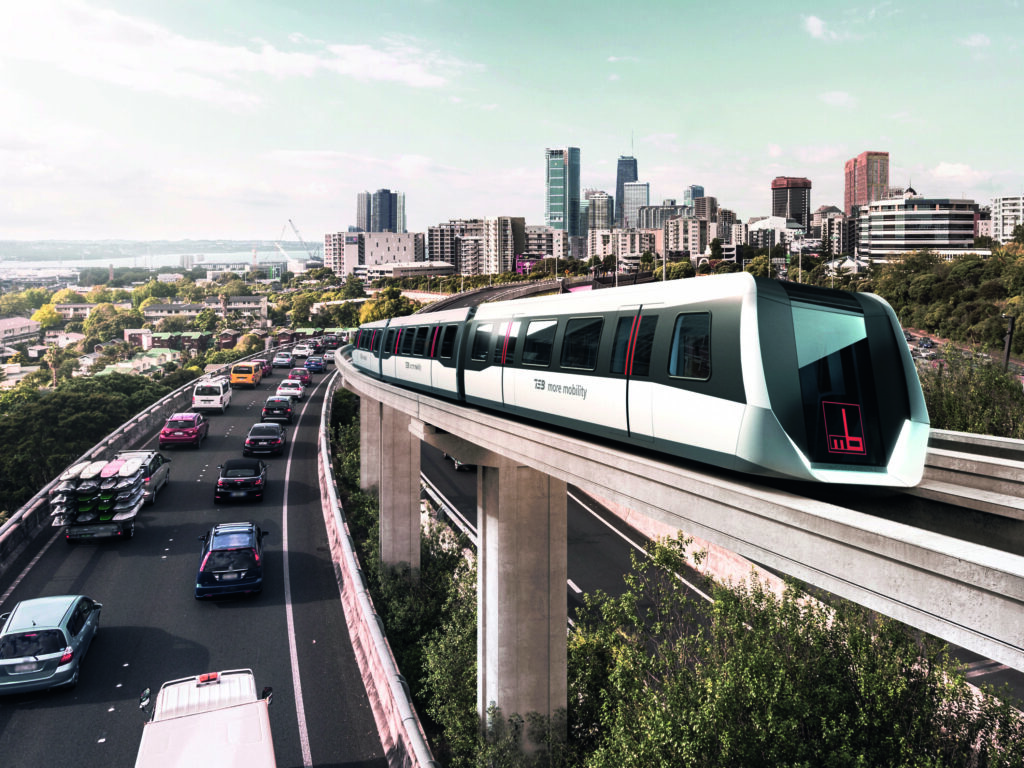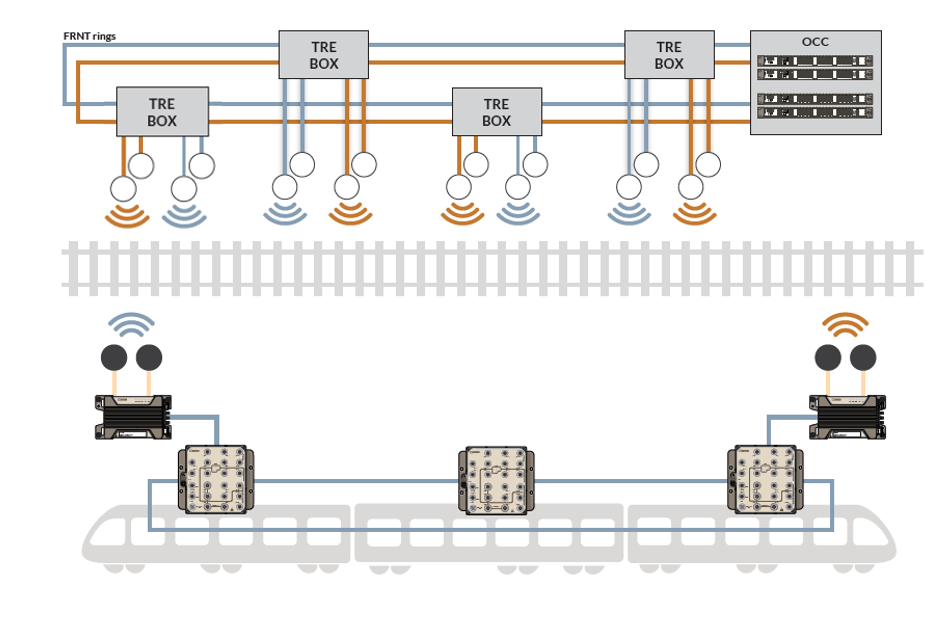Highly reliable Ethernet data communication networks essential to innovative smart transport system based on magnetic levitation technology
Urbanization is a growing phenomenon around the world, resulting in limited available space for public transportation. This places increasing demands on the implementation of smart public transport concepts that offer the reliability and flexibility to meet the transportation challenges of metropolitan areas.
The Max Bögl Group, one of the largest construction, technology and service companies in Germany, is addressing this challenge with its innovative and future-orientated Transport System Bögl (TSB). Based on modern magnetic levitation technology, the TSB is ideally suited for the needs of future urban transport, providing a very quiet, flexible and reliable solution, while also saving space and lowering emissions. By enabling the integration of a visually appealing and environmentally friendly public transport system into urban landscapes, Max Bögl Group intends to redefine the future of mobility.
 Credits: Firmengruppe Max Bögl.
Credits: Firmengruppe Max Bögl.
Reliable data communication
When developing their magnetic levitation technology for public mass transit, Max Bögl knew that extremely reliable data communications were essential for connecting the control unit and train and supporting the automatic train operation (ATO) and communication based train control (CBTC) systems. Exceptionally high levels of network availability required specialized wireless technology designed specifically for transportation applications. Westermo was selected by Max Bögl to provide the data communication network technology. Fundamental to this decision was Westermo’s extensive experience with data networks for transport systems and its robust range of data communications products that could provide the necessary levels of reliability and network availability.
“Among the reasons for choosing Westermo was their experience with CBTC and technical knowledge regarding wireless LAN and Ethernet networks,” explained Bernhard Immken, head of operation control system and approval at Max Bögl.
Westermo solution
Westermo has designed and provided the data communication network for TSB and implemented it at their test tracks in Sengenthal, Germany and Chengdu, China. The solution is a redundant ring Ethernet network architecture, constructed from Westermo wireless and wired technologies for maximum reliability and availability.
 A fully redundant train to ground Ethernet application
A fully redundant train to ground Ethernet application
Redundant Ethernet architecture
Network redundancy is provided by a double FRNT (Fast Recovery Network Topology) ring installed on the trackside. FRNT is Westermo’s own protocol for creating resilience in Ethernet networks. The ring architecture ensures that a path for data transfer is available even if there is a device or network link failure. By adopting a second FRNT ring, this increases network availability even more.
Network reliability is further enhanced by the installation of redundant Westermo wireless access points on the trackside. In addition, the trains also incorporate a FRNT ring network, to which two Westermo wireless clients are connected. The wireless clients then connect to the redundant trackside networks (shown above in orange and blue). Should one of the trackside networks fail, both wireless clients automatically connect to the other network until the failed network is available again. This double redundancy leads to an even higher network availability.
The wireless train to ground communication solution implements Quality of Services (QoS) features which allow multiple priority queues over the air simultaneously. Therefore, high priority CBTC, CCTV and value-added service data can share the same physical radio link. Multiple levels of security are implemented including wireless encryption, access authentication and end-to-end data encryption.
Read more:



